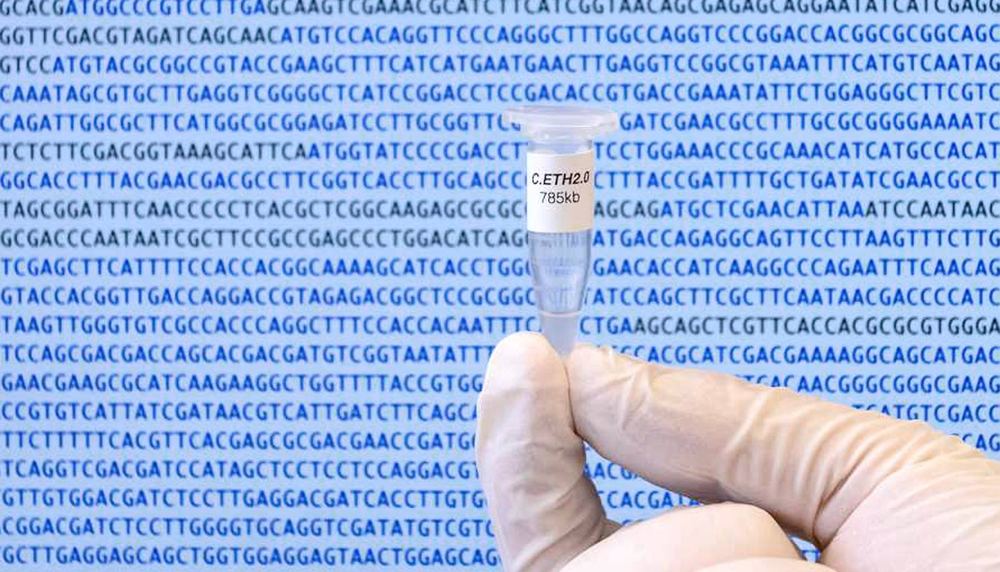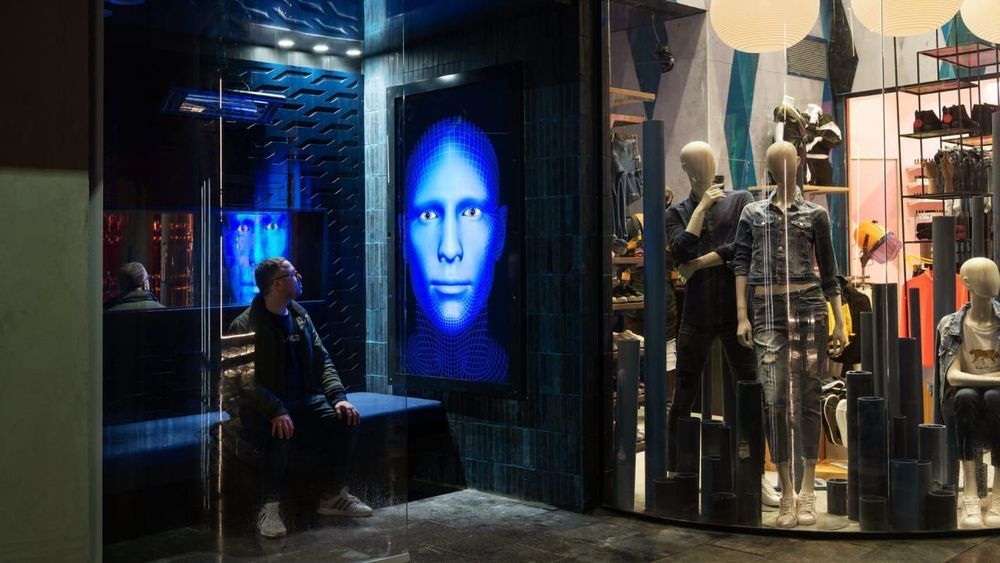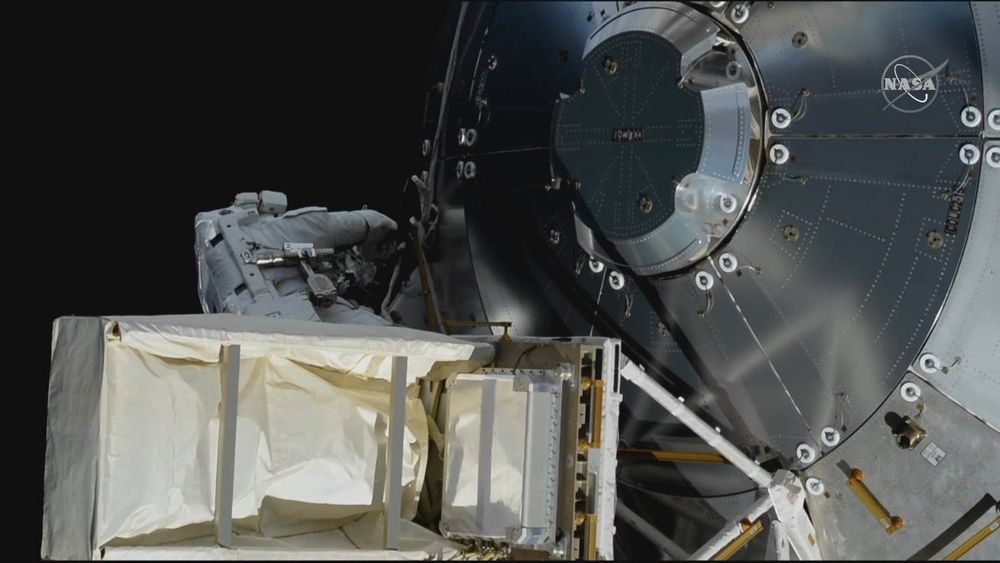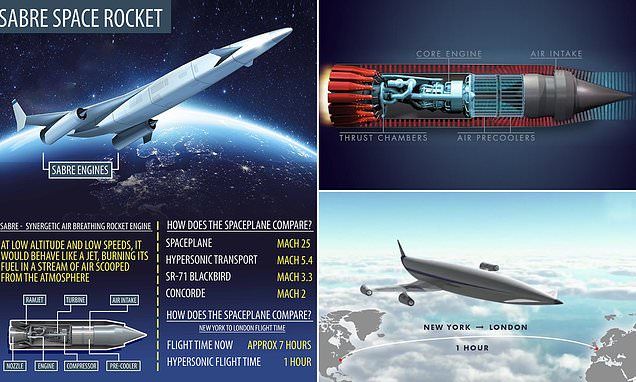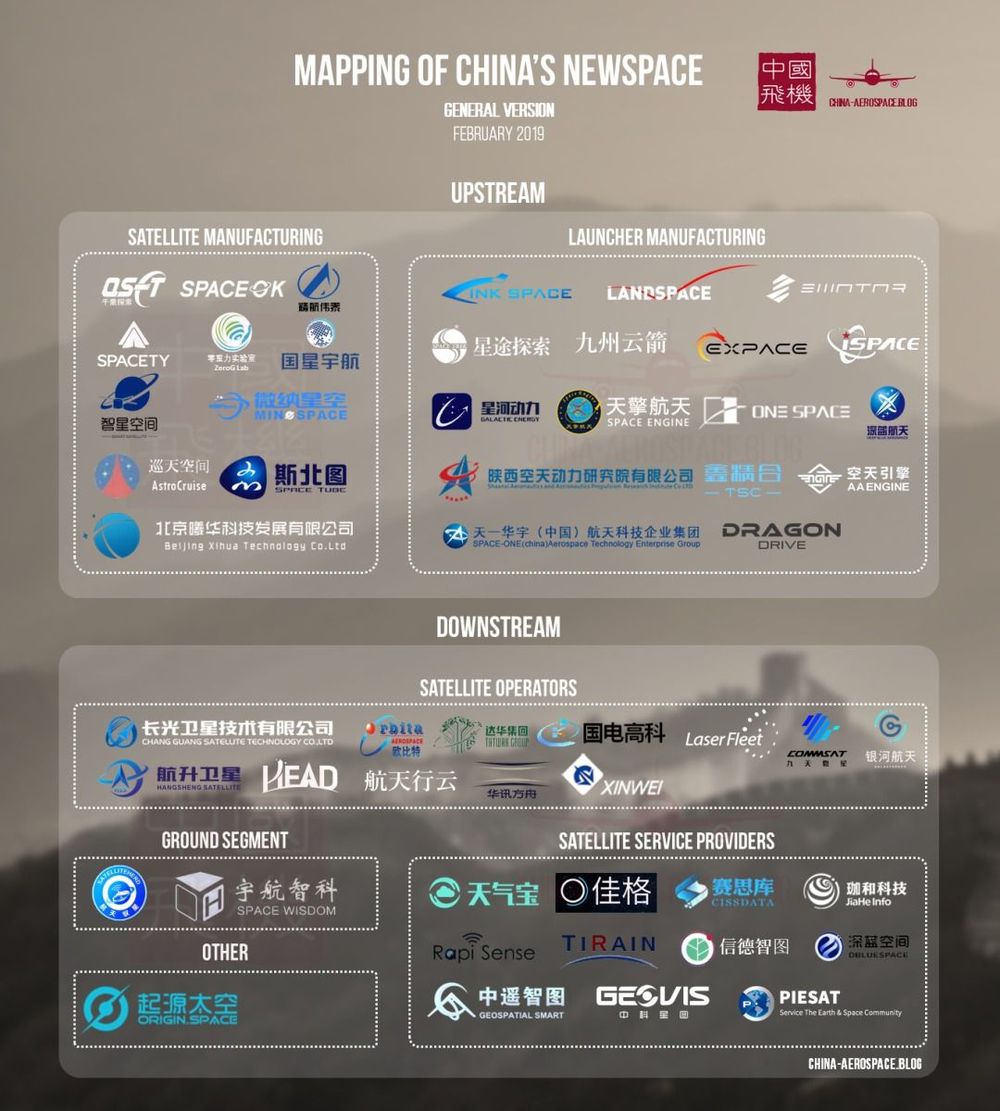Utilizing tape to repair or reinforce concrete structures may seem like some hillbilly fix-it joke, but in fact that’s just what fiber reinforced polymer (FRP) sheets are used for. Now, scientists have developed what they say is a better FRP, that halves the number of people and amount of time required for application.
Scientists report the world’s first fully computer-generated genome of a living organism.
To do so, they used a new method that greatly simplifies the production of large DNA molecules containing many hundreds of genes. They report their work in PNAS.
All the genome sequences of organisms known throughout the world are stored in a database belonging to the National Center for Biotechnology Information in the United States. Now, the database has an additional entry: Caulobacter ethensis-2.0.
With new advances in technology it all comes down to simple factoring. Classical factoring systems are outdated where some problems would take 80 billion years to solve but with new technologies such as the dwave 2 it can bring us up to speed to do the same problems in about 2 seconds. Shores algorithm shows us also we can hack anything with it simply would need the technology and code simple enough and strong enough. Basically with new infrastructure we can do like jason…
RSA is the standard cryptographic algorithm on the Internet. The method is publicly known but extremely hard to crack. It uses two keys for encryption. The public key is open and the client uses it to encrypt a random session key. Anyone intercepts the encrypted key must use the second key, the private key, to decrypt it. Otherwise, it is just garbage. Once the session key is decrypted, the server uses it to encrypt and decrypt further messages with a faster algorithm. So, as long as we keep the private key safe, the communication will be secure.
RSA encryption is based on a simple idea: prime factorization. Multiplying two prime numbers is pretty simple, but it is hard to factorize its result. For example, what are the factors for 507,906,452,803? Answer: 566,557 × 896,479.
Based on this asymmetry in complexity, we can distribute a public key based on the product of two prime numbers to encrypt a message. But without knowing the prime factors, we cannot decrypt the message to its original intention. In 2014, WraithX used a budget of $7,600 on Amazon EC2 and his/her own resources to factorize a 696-bit number. We can break a 1024-bit key with a sizeable budget within months or a year. This is devasting because SSL certificates holding the public key last for 28 months. Fortunately, the complexity of the prime factorization problem grows exponentially with the key length. So, we are pretty safe since we switch to 2048-bit keys already.
In a new study, researchers show that the presence of senescent cells is an important contributor to aging of the cardiovascular system, particularly the heart [1].
Senescent cells and senolytics
As your body ages, increasing amounts of your cells enter into a state of senescence. Senescent cells do not divide or support the tissues of which they are part; instead, they emit a range of potentially harmful inflammatory chemical signals, which are known as the senescence associated secretory phenotype (SASP). The SASP can also encourage other nearby healthy cells to also enter the same senescent state.
Chinese space has been a very hot topic in recent years. Other than the impressive space exploration missions (Tiangong, Chang’e…), the interest for China is also due to the recent opening up of this industry to private investments, which has led to a leap in the number of space start-ups. These start-ups, supported by venture capital heavy-weights are covering the entire space industrial chain: launchers, satellite platforms, satellite subsystems, satellite services, ground segment, etc.
The number of space start-ups on the other hand, is a debated question. Chen Lan estimated in November 2018 that there were over 100 Chinese space start-ups [1]. FutureAerospace, a Beijing-based think-tank, sets the number at around 60, at the same period [2]. Other space watchers have suggested 80 such as in [3]. However, how this count is made is rarely detailed (how do we define a “NewSpace company”?), and very few lists are available at the time of writing, if any. Up to now, only Disrupt Space, a start-up which plans to build a global space entrepreneurial community, has undertaken the establishment of a list, which sets the count at 35 Chinese space start-ups (see map below).
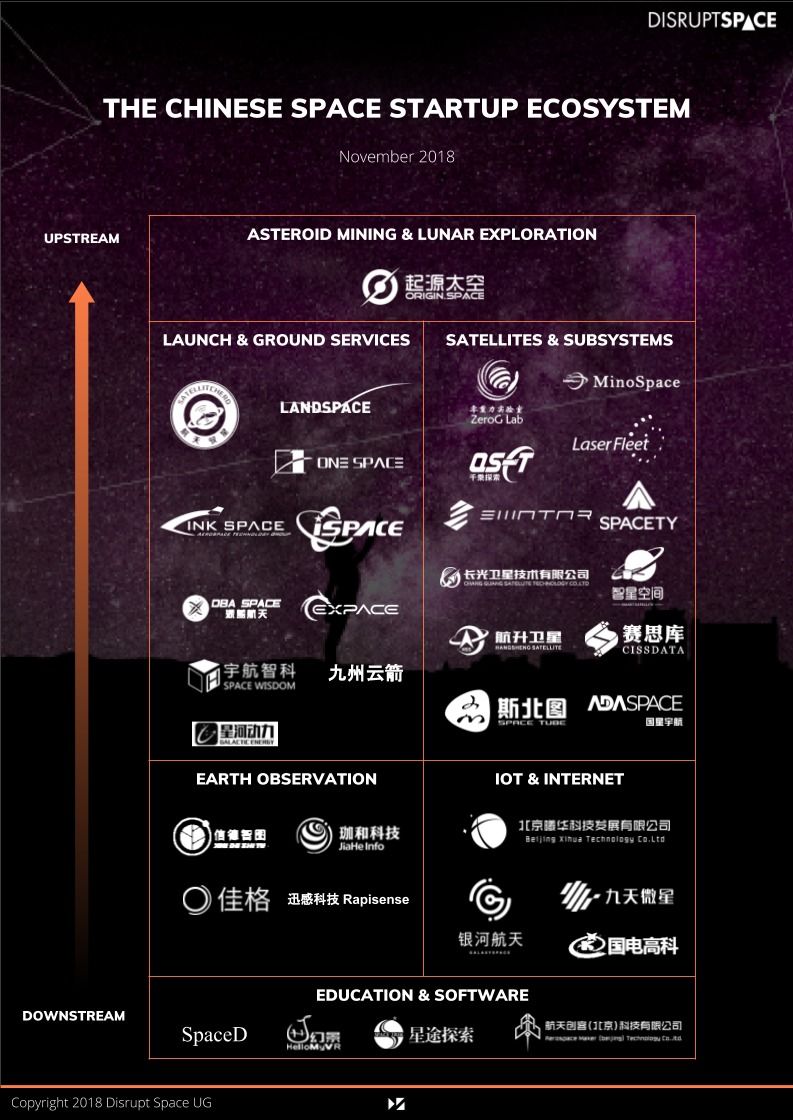
Fig. 1 – Disrupt Space’s Chinese Space Start-up Mapping in November 2018 [4]

